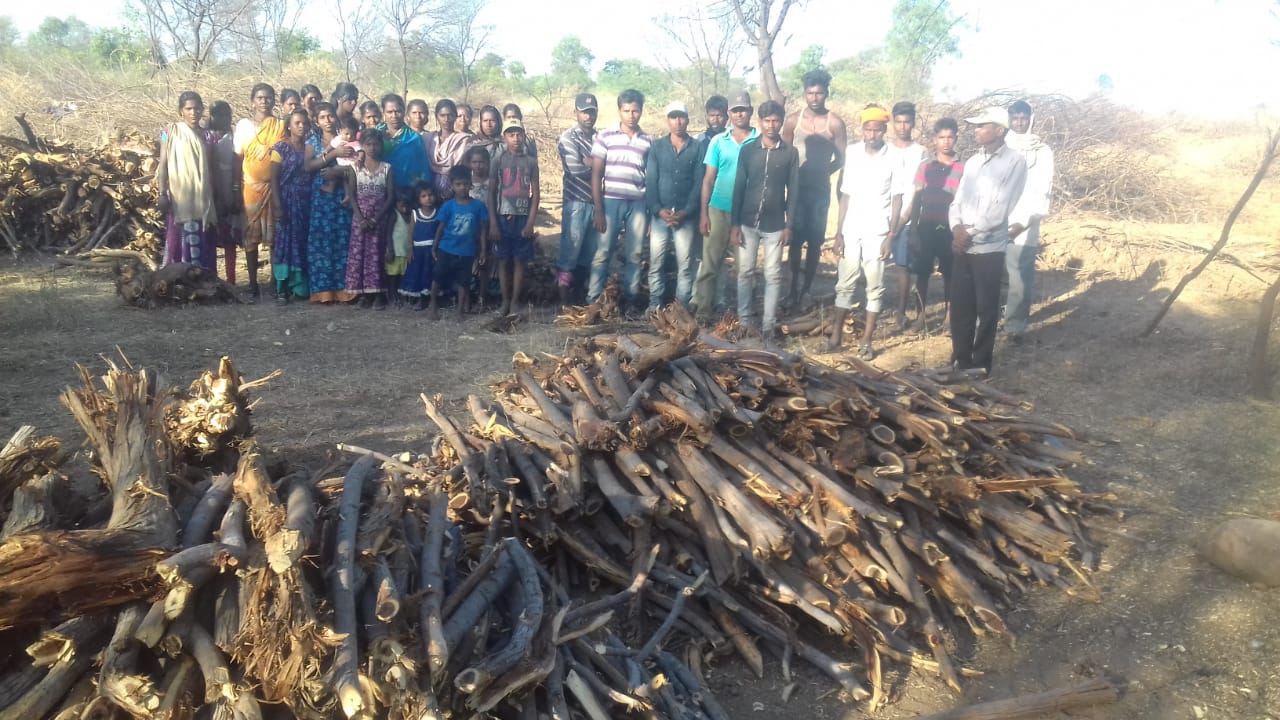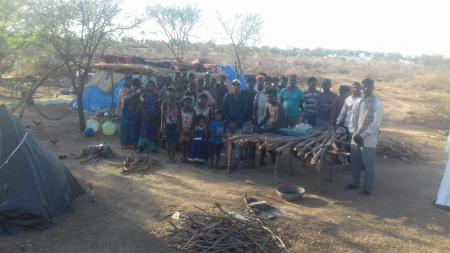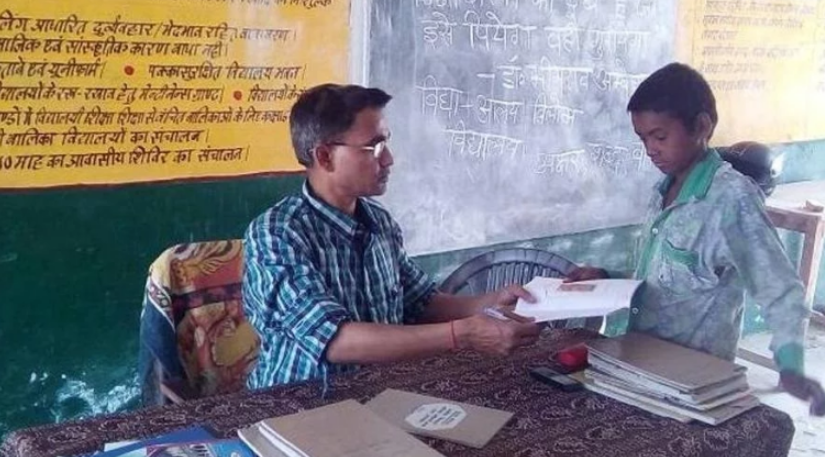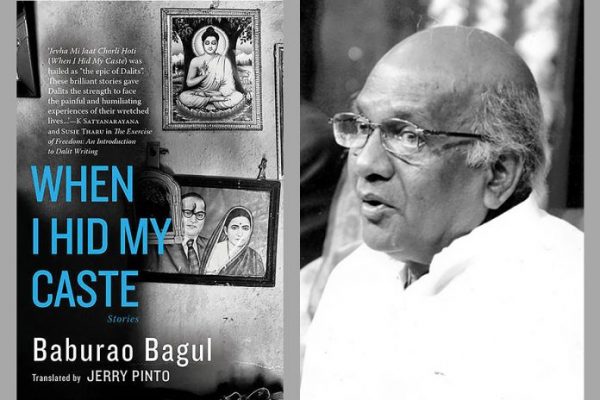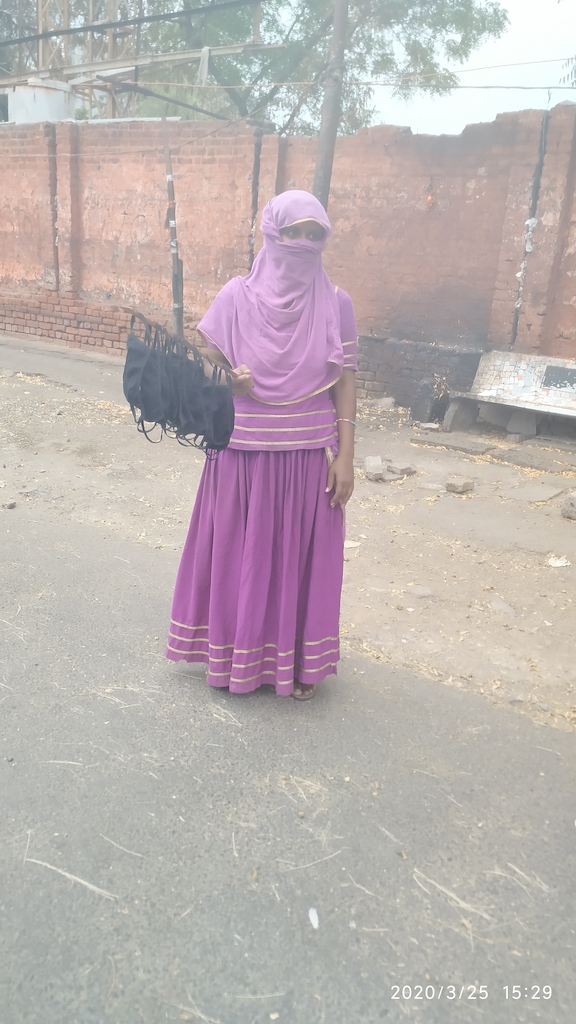Pandemic and Socialism
As COVID-19 grips the world, in country after country, there is socialisation of healthcare and of production of some essential goods, which markedly departs from the capitalist norm.
Prabhat Patnaik
28 Mar 2020
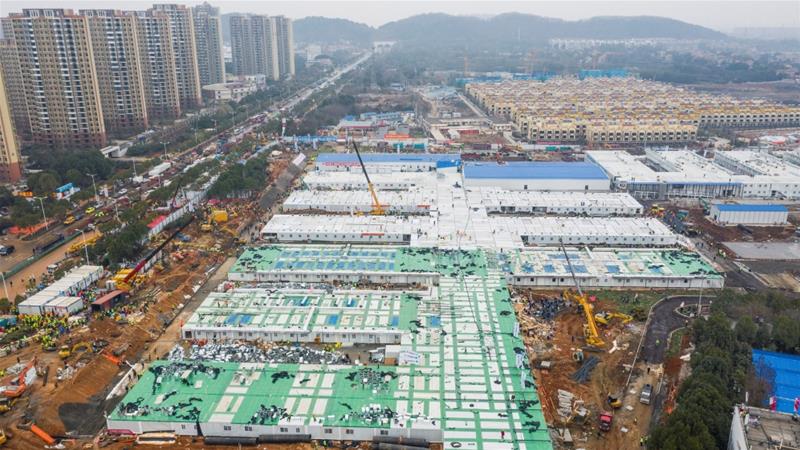
A hospital built in Wuhan, China under 10 days to treat Coronavirus
infected patients. | Image Courtesy: Al Jazeera
It is said that in a crisis everybody becomes a socialist; free markets take a back seat, to the benefit of the working people. During the Second World War for instance, when universal rationing was introduced in Britain, the average worker became better nourished than before. Likewise, private companies get commandeered to produce goods for the war effort, thus, introducing de facto planning.
Something of the sort is happening today under the impact of the pandemic. In country after country, there is socialisation of healthcare and of production of some essential goods, which markedly departs from the capitalist norm; and the more severe the crisis, the greater is the degree of socialisation. Thus Spain, the second worst-hit European country after Italy, has nationalised all private hospitals to cope with the crisis: they are all now under the control of the government. Even Donald Trump is directing private companies to produce goods urgently needed during the pandemic. Tightening government control over production does not just characterise China at present; it marks U.S. policy as well, not to mention several European countries.

There is a second reason why a pandemic-hit world takes an apparently socialist turn. This has to do with the enforced need for a scientific temper; and a scientific temper itself is a big step towards socialism. The utter vacuity of the “theories” peddled by the Hindutva outfits for instance, like cow dung and cow urine being antidotes to the coronavirus, are met by people with contempt at a time like this. The peddlers of these theories themselves, quite sensibly, either rush to hospitals on their own, or are rushed to hospitals by their kin, at the first sign of a cough. Superstition proves expensive in such a situation. An enforced change in attitudes occurs which is also conducive to the idea of socialism.
Also read: Covid-19: Know It So That We Can Fight It
True, India is lagging far behind other countries, both in terms of the enforced adoption of a scientific temper, and in terms of the enforced turn to socialisation of production and of healthcare. The prevalent penchant for kitsch has still not been abandoned despite the crisis. During Modi’s “Janata curfew” on March 22 for instance, when he had called for five minutes’ bell-ringing for health workers, enthusiastic Modi-devotees not only stretched the period to as long as half an hour, but even assembled together for noisy demonstrations, and took out processions in places while blowing conch-shells, all of which nullified the very rationale of the “curfew”, which was to enforce social distancing.
Likewise, while the government has now widened testing facilities by including private hospitals, it has still not made testing, and treating patients who test positive, free of charge at these hospitals.
But the continued prevalence of Hindutva kitsch to the exclusion of a scientific temper, and the continued deference to the desire for profit-making at private hospitals, can be attributed to the fact that the crisis has so far been less severe in India. If its severity increases, which one hopes does not happen, then India, too. will have to change its attitude and pursue the path of socialisation followed by other countries.
An alternative, opposite tendency is also discernible at present, which is to adopt a “beggar-my-neighbour” policy. Trump’s offer to buy exclusive rights to a vaccine being developed by the German firm CureVac captures this tendency. Trump, in other words, was trying to ensure that the vaccine will be available only for the US and not for others, an attempt that got negated by the German government. Likewise, the temptation, by no means negligible, to concentrate on protecting only one segment of the population, and to leave the others--which would include the old, the women and the marginalised groups--to their fates, is another expression of this tendency. And Trump’s persistence with sanctions on Iran, despite that country being very badly hit by COVID-19, is another obvious instance of this tendency.

The thinking in all these cases is typical of capitalism, which is to leave the poor and the vulnerable to the mercy of the pandemic while ensuring that the rich, the strong, the well-heeled, remain protected. The setback for Bernie Sanders, an avowed socialist who had been advocating universal healthcare in the US, in the build-up to the US elections, would only strengthen this tendency.
Also read: War on Coronavirus Becoming Assault on Marginalised
This tendency, however, has a natural limit. The hallmark of the current pandemic is that it is difficult to keep it restricted to just one country or one segment of the world or one segment of the population. The jejune attempt to do so, which Trump revels in, is bound to fail. To say this is not to suggest that mankind would somehow seamlessly move to a new understanding of the necessity of going beyond capitalism for tackling the crisis, but, rather, that in the welter of anti-pandemic measures, the ones going beyond capitalism will eventually have to take a dominant position. And the longer the pandemic lasts, the more true this is likely to be.
What this pandemic demonstrates is that, while the current globalisation has been under the aegis of capitalism, it does not have the wherewithal for dealing with its fall-out. Capitalism has led to a situation where commodity and capital movements, including those of finance, have become globalised; it believed that matters could just be kept confined to such movements alone. But that was impossible. Globalisation also means the rapid global movement of viruses, and hence the global outbreak of pandemics.
Such a global outbreak of a pandemic with very high mortality had occurred just once before and that was in 1918 with the Spanish flu virus; and that had spread worldwide because it occurred in the midst of a war when thousands of soldiers had crossed thousands of miles to fight in trenches and then had gone back home as carriers of the virus. The war, in short, had broken down national exclusion during the period it raged, causing a global pandemic. The 2003 SARS outbreak affected 26 countries and while serious, led to an estimated mortality of 800 while the current pandemic has already claimed over ten times that number.
Now, however, the breaking down of national exclusion has got built into the system, which is why global outbreaks of the sort we are witnessing will be common phenomena in the current phase of capitalism. And which is also why Trump-style efforts to restrict the crisis to only some population segments and protect others, are bound to fail. Capitalism, in short, has now come to a stage where its specific institutions are incapable of dealing with the problems that get created by it.

Also read: Two Basic Lessons from the Coronavirus Pandemic
The pandemic is only one example of this phenomenon; several others claim our attention urgently, of which I shall mention only three. One is the global economic crisis which cannot be resolved within the existing institutions of capitalism. At the very least, it requires a globally-coordinated stimulation of demand through fiscal means, by several governments acting together. How very far we are from such global coordination is illustrated by the fact that the leading capitalist country--the United States--can only think of protecting its economy for overcoming the crisis, which is an approach of segmentation analogous to what it is attempting in the context of the pandemic. The second example refers to climate change, where again capitalism has created a crisis which it cannot possibly resolve within the parameters that define it. My third example relates to the so-called “refugee crisis” or the global movement of those devastated by capitalism in the course of its wars, and also its peace.
These crises suggest an end-game for the system. They are not mere episodes: the economic crisis is not a mere cyclical downturn, but represents a protracted structural crisis. The crisis caused by global warming is, likewise, not just a temporary episode that would go away on its own. And the pandemic shows the shape of things to come in the era of capitalist globalisation when the entire world will be struck by rapidly moving viruses that afflict millions of people, not once in a century, but far more frequently. For mankind to survive all these challenges, the institutions of capitalism are grossly inadequate. A movement towards socialism is needed, towards which the current measures superseding the “free market” and the profit motive, though apparently only temporary and emergency measures, are unwitting pointers.

